#Jalsaghar / The Music Room (1958)
Text
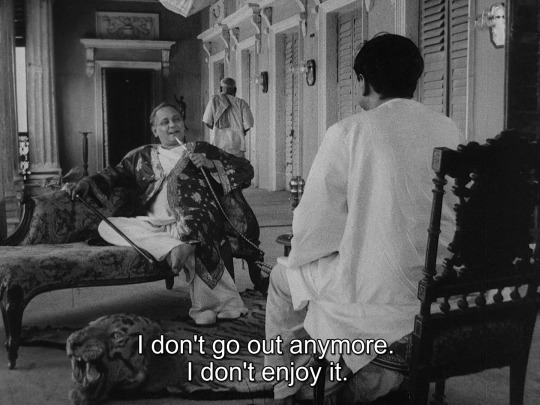
Satyajit Ray - The Music Room (1958)
94 notes
·
View notes
Text

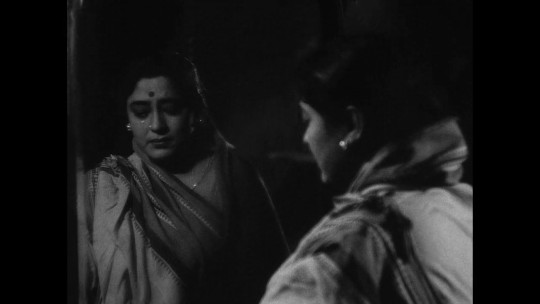
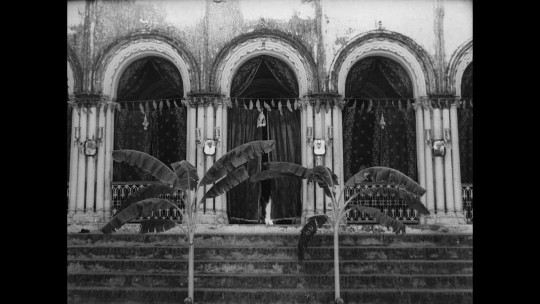

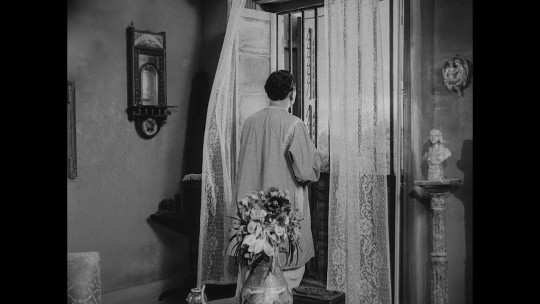
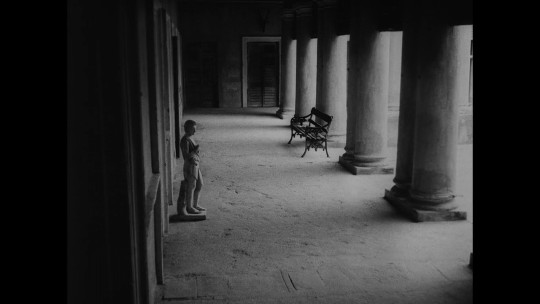

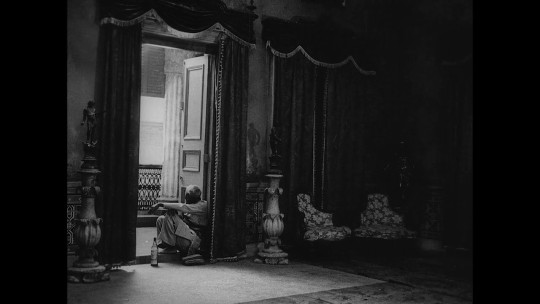
The Music Room, Satyajit Ray, 1958
19 notes
·
View notes
Text
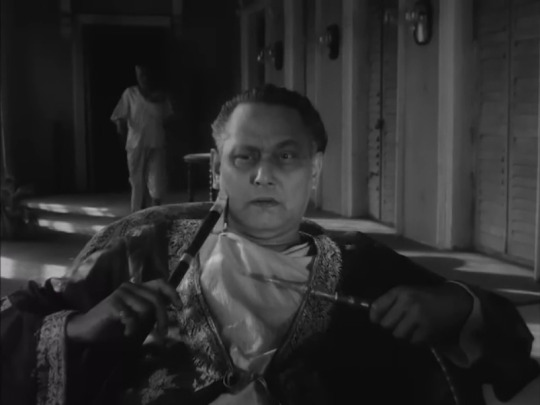
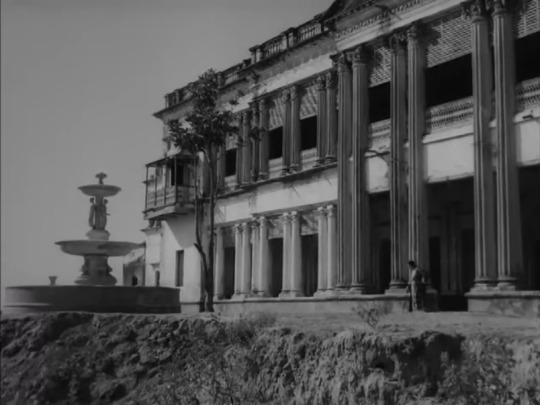

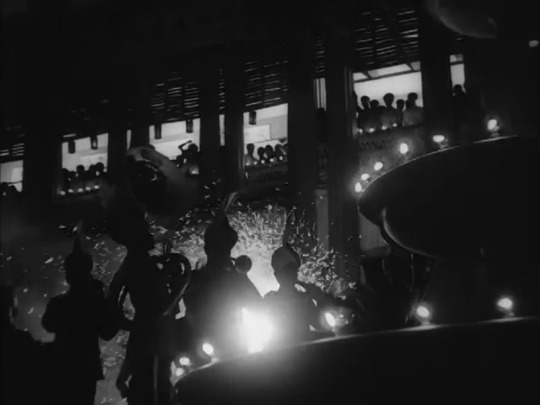
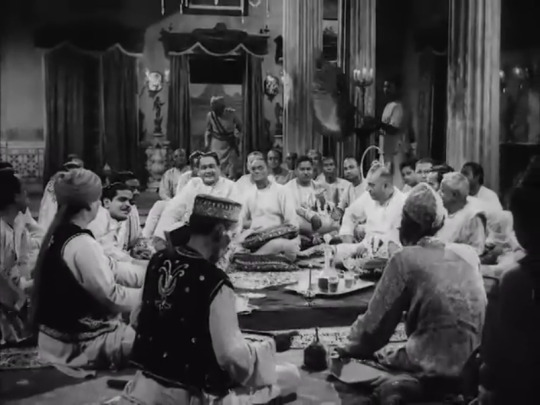
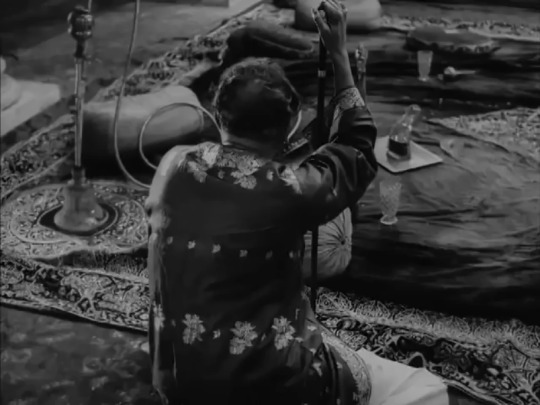
Jalsaghar / The Music Room (1958) | dir. Satyajit Ray
#jalsaghar#jalsaghar 1958#the music room#the music room 1958#satyajit ray#chhabi biswas#indian cinema#bengali cinema#cinema#movies#films#world cinema#classic cinema#cinematography#1950s#south asian cinema#asian cinema#aesthetics#aesthetic#indian movies#bengali movies#indian films#bengali films#parallel cinema
9 notes
·
View notes
Text
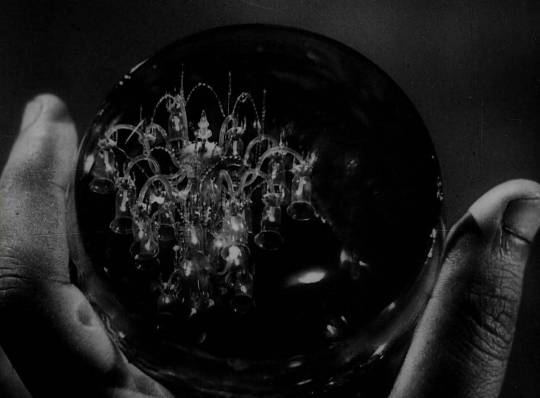
Jalsaghar / The Music Room (1958)
15 notes
·
View notes
Photo
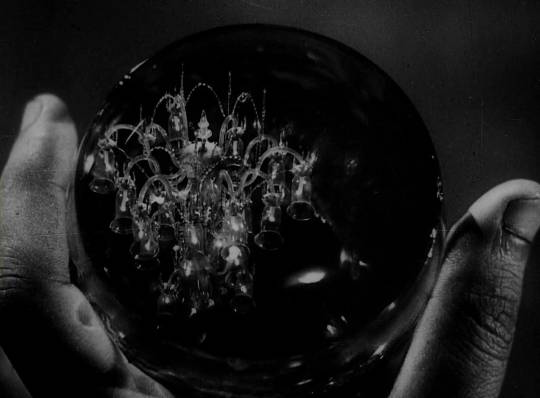
Jalsaghar / The Music Room (1958)
55 notes
·
View notes
Photo

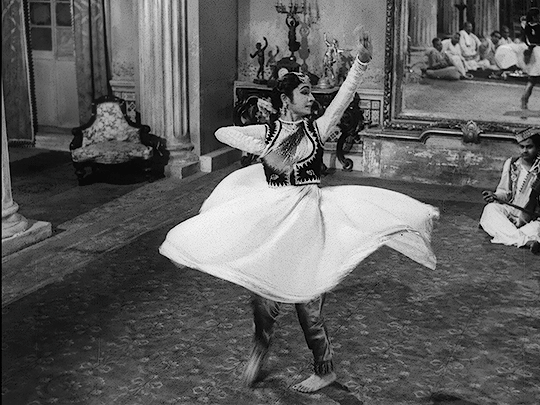
jalsaghar // the music room (1958) dir. satyajit ray
130 notes
·
View notes
Text
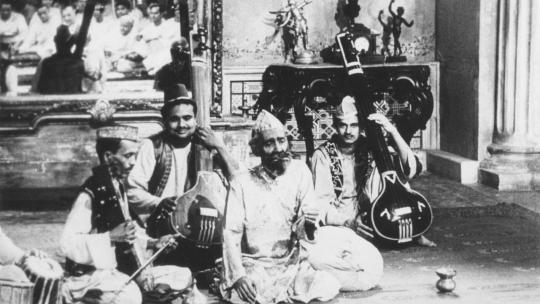
The Music Room (Jalsaghar) (1958) -- 5
I'm very skeptical of high-rated Indian films because their local fanbases tend to heavily overrate them. And in general, Bollywood's utilization of corny tropes and cliches pushes me away from Indian media. But Satyajit Ray's entire filmography is the exception. The Music Room is perfect because it goes against my previous conceptions of an Indian film. Unfortunately, South Asian culture can't abandon the "what will they say?" mindset. It's a taxing life scope, and it's still prevalent in India through the caste system. Yet, The Music Room turns this entire system on its head. It critiques the fundamental notions of Indian social hierarchies in the best way possible.
Our main character, Roy, is the last line from a wealthy family of landlords, but landlords are no longer in demand. His money is running short, and to cope, he throws concerts where he invites his acquaintances to smoke, drink, and fall under waves of music in his music room. The space is decorated with chandeliers and expensive art, or, in other words, the remainder of Roy's wealth. Through these concerts, though, an obsession for power and one-upmanship brews. Roy wants to prove he's better than the new neighbor, Ganguli, who doesn't come from a wealthy family, but he's earned his wealth through perseverance. Ganguli still doesn't understand the bourgeoisie nonsense Roy prides himself over, but he doesn't need to cause he's getting more prosperous. Roy, who's already corrupt, becomes resentful of him and attempts to put him down at whatever costs. It's a great depiction of elitism in a country where elitism has been considered moral.
Satyajit Ray meticulously crafted this masterpiece with no filters. He realizes the problem in his country and strives to expose and reveal it. In so many Indian films, Indians are depicted as a vision of what they strive to be rather than who they really are. The Music Room shows Indians off-screen, in their flesh, with no contaminants.
Also, the soundtrack was amazing. Excellent sounding music.
0 notes
Text
Satyajit Ray: A Pioneer in Indian Cinema
One of the most influential filmmakers of the 20th century was Satyajit Ray,
an Indian director, screenwriter, and author. His works have made a lasting
impression on the history of global cinema, and he has made enormous
contributions to Indian cinema.
Early Life and Career
On May 2, 1921, Satyajit Ray was born in Kolkata, British India.
His mother, Suprabha Ray, was a vocalist, and his father,
Sukumar Ray, was a writer and poet. Early exposure to l
iterature, music, and the arts helped Ray cultivate a keen
aesthetic sensibility. He continued his education by enrolling
at Presidency College in Calcutta and Visva-Bharati University
in Santiniketan, where he first encountered the writings of
Rabindranath Tagore and other notable figures in Bengali literature.
Ray began working as a visualizer for a British advertising agency
in Calcutta after he finished his education. He spent more than ten
years working there, learning vital filmmaking skills that would later
be useful to him in his work as a director.
Also, he mastered the craft of filmmaking on his own by reading
books and watching movies.
Filmmaking Career
The first film made by Satyajit Ray, Pather Panchali
(Song of the Little Road), based on a book by
Bibhutibhushan Bandopadhyay, launched his
career as a director in 1955. The movie, which
was made on a tight budget with a mostly
unprofessional cast, is about a little child
growing up in rural Bengal. The movie was
a critical and financial hit and earned
numerous international honors, including
the 1956 Cannes Film Festival's Best Human
Documentary Award.
In what became known as the "Apu Trilogy,"
Ray went on to produce two further movies:
Aparajito (The Unvanquished) in 1956 and
Apur Sansar (The World of Apu) in 1959.
The trilogy focuses on the life of Apu, a young
man who matures in India after Independence.
Jalsaghar (The Music Room), released in 1958,
Charulata (The Lonely Wife), Nayak (The Hero),
released in 1966, and Ghare-Baire (The House
and the World), released in 1984, are some of
Ray's other well-known movies. His films gained
notoriety for their realism, lyricism, and meticulousness
. He was also a master of visual narrative, making excellent
use of lighting and camera angles.
In addition to being a filmmaker, Ray was also a writer,
composer, and graphic artist. He published a number of
works, including a Feluda-starring detective novella
collection. Together with designing the posters, he also
created the music for his movie.
Legacy
The impact Satyajit Ray had on Indian cinema is enormous.
His films continue to be praised for their realism, compassion,
and beauty. He is widely considered as the founder of Indian
art cinema. Many modern Indian directors, including Mira Nair,
Deepa Mehta, and Shekhar Kapur, have been influenced by him.
The Golden Lion at the Venice Film Festival, the Golden Bear
at the Berlin International Film Festival, and the Academy Honorary
Award for Lifetime Achievement are just a few of the countless
international accolades Ray's movies have received. He received
the Bharat Ratna, India's highest civilian honor, posthumously in 1992.
A heart attack and other health issues led to Satyajit Ray's
death on April 23, 1992, at the age of 70.Several of his
admirers and coworkers expressed their sorrow at his
passing, which was a major loss to Indian cinema. Ray
made a significant contribution to Indian cinema, and his
works are still praised for their beauty, compassion, and
realism. By his creative output and the impact he has on
present-day Indian filmmakers, his legacy endures.
1 note
·
View note
Photo

Jalsaghar
Satyajit Ray
India, 1958
27 notes
·
View notes
Photo

Satyajit Ray - The Music Room (Jalsaghar) (1958) In between the second and third films in the Apu trilogy Ray had time to makes this absolute pearl of a film (and also a magical realist comedy that I haven't seen). It weird to think that this is only Ray's fourth film, there is such a distinct voice and such a clear vision that it shares with his other films that it feels like a much more mature director, not one who started his directing career only 3 years earlier. Set in the years after the independence of India, as the ruling classes which had been partially propped up by colonial powers start decaying and the rise of a new Indian bourgeoisie, the film tells the story of a zamindar, a kind of feudal landlord, who is experiencing the end of his kind in india. The zamindari system is gone, and he has nothing left but pride in his ancestors as well as a decaying palace and his love for music. This love for music is what he spends all of his money in, attempting to upstage his bourgeois neighbor whom he sees as a social inferior and ruining himself in the process. When disaster strikes he retires from the world, but some years later he again puts on a show in his house going out in style. The performances are great, the film is full of melancholy and symbols of decay, the cinematography is also astounding. One of the great joys here are the musical performances themselves, the last performance with an astounding dancer, Roshan Kumari, is particularly memorable. Another essential Ray movie. (5/5) #cinema #cinephile #movie #movies #film #satyajitray #themusicroom #jalsaghar #drama #indian #poster #filmposter #movieposter #moviereview #review #1950s #indiancinema https://www.instagram.com/p/B4jXMv_F-uD/?igshid=tvom4fx9rblc
#cinema#cinephile#movie#movies#film#satyajitray#themusicroom#jalsaghar#drama#indian#poster#filmposter#movieposter#moviereview#review#1950s#indiancinema
1 note
·
View note
Photo

Tribute to Satyajit Ray, the great filmmaker of this century, on his 97th birth anniversary today.
'Not to have seen the cinema of Ray means existing in the world without seeing the sun or the moon.' said Japanese director Akira Kurosawa.
Among the dozen or so great masters of world cinema, Satyajit Ray is known for his humanistic approach to cinema. He made his films in Bengali, a language spoken in West Bengal, the eastern state of India, and Bangladesh. And yet, his films are of universal interest. They are about things that make up the human race - relationships, emotions, struggle, conflicts, joys and sorrows.
Satyajit Ray's films are both cinematic and literary at the same time; using a simple narrative, usually in a classical format, but greatly detailed and operating at many levels of interpretation.
His first film, Pather Panchali (Song of the little road, 1955) established his reputation as a major film director, winning numerous awards including Best Human Document, Cannes, 1956 and Best Film, Vancouver, 1958. It is the first film of a trilogy - The Apu Trilogy - a three-part tale of a boy's life from birth through manhood. The other two films of this trilogy are Aparajito (The Unvanquished, 1956) and Apur Sansar (The World of Apu, 1959).
His later films include Jalsaghar (The Music Room, 1958), Devi (The Goddess, 1960), Teen Kanya (Two Daughters, 1961), Charulata (The Lonely Wife, 1964), Nayak (The Hero, 1966), Asani Sanket (Distant Thunder, 1973), Shatranj Ke Khilari (The Chess Players, 1977), Ghare Baire (The Home and the World, 1984), Ganashatru (An Enemy Of The People, 1989) and Shakha Prashakha (Branches Of The Tree, 1991). Agantuk (The Stranger, 1991) was his last film.
Ray directly controlled many aspects of filmmaking. He wrote all the screenplays of his films, many of which were based on his own stories.
He designed the sets and costumes, operated the camera since Charulata (1964), he composed the music for all his films since 1961 and designed the publicity posters for his new releases.
In addition to filmmaking, Ray was a composer, a writer and a graphic designer.
Satyajit Ray died on April 23, 1992 at the age of 70, due to heart complications.
The world misses Satyajit Ray every day, without whom the history pages of Indian Cinema would have remained incomplete!
Follow @bollywoodirect
9 notes
·
View notes
Text
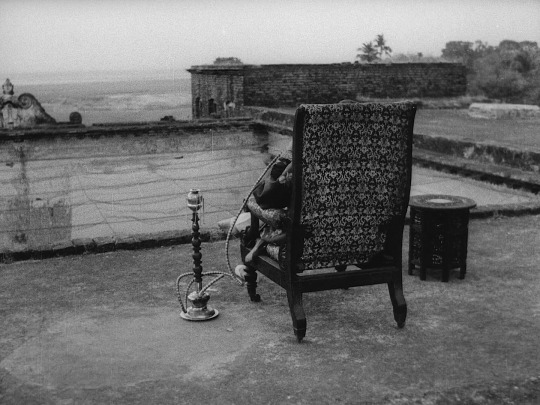

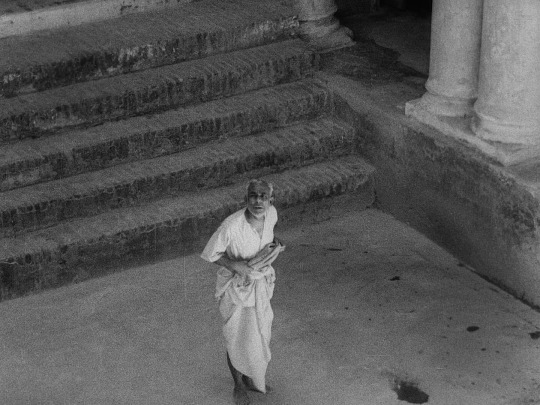


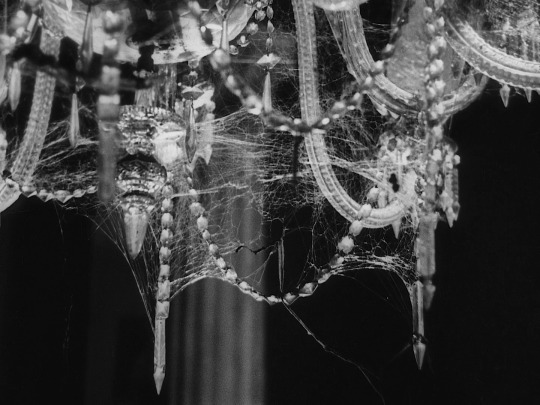
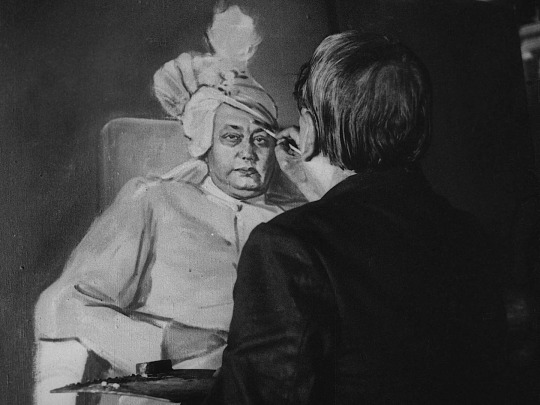



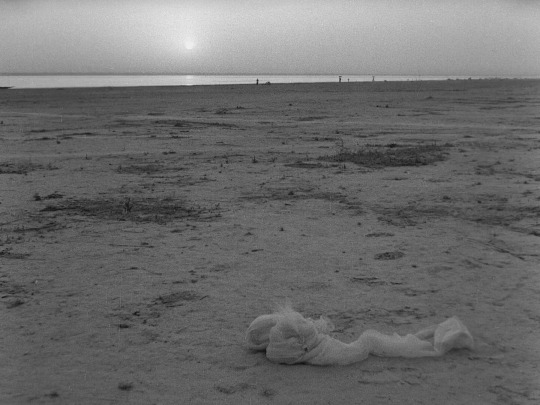
Satyajit Ray - The Music Room (1958)
99 notes
·
View notes
Link
https://en.wikipedia.org/wiki/Jalsaghar
war was anderes
ELECTRO HARMONICS PITCHFORK
BOSS GT6B = Multi
Rainger London FX Son of Freakenstein
0 notes
Photo
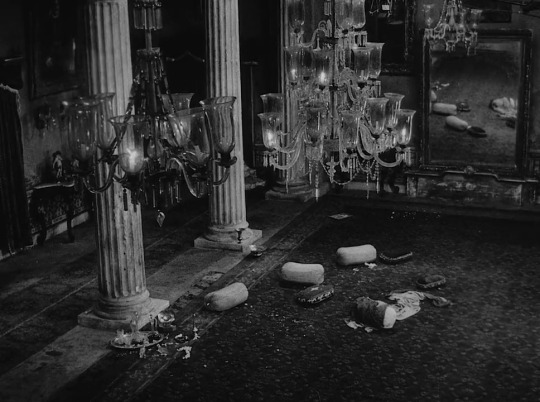
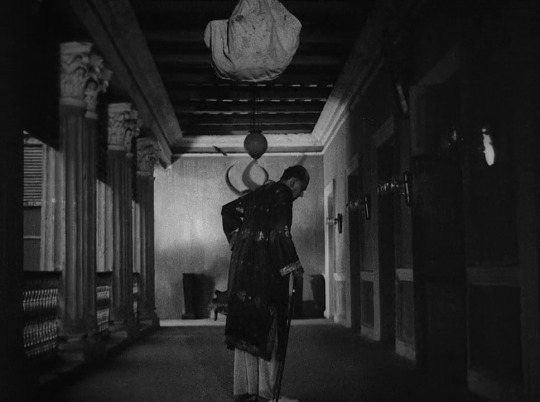
Jalsaghar (1958) // dir. Satyajit Ray
#jalsaghar#jalsaghar 1958#the music room#the music room 1958#indian cinema#bengali cinema#satyajit ray#cinema#films#movies#film scenes#movie scenes#chhabi biswas
18 notes
·
View notes
Text
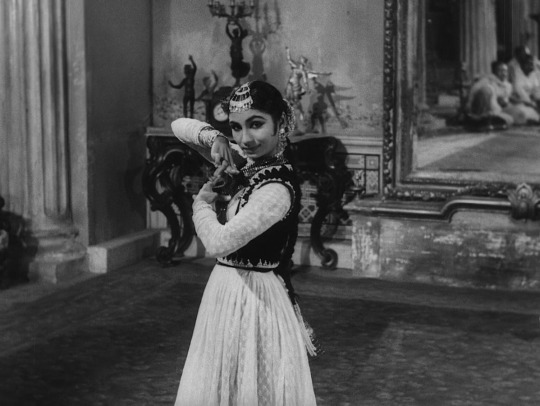
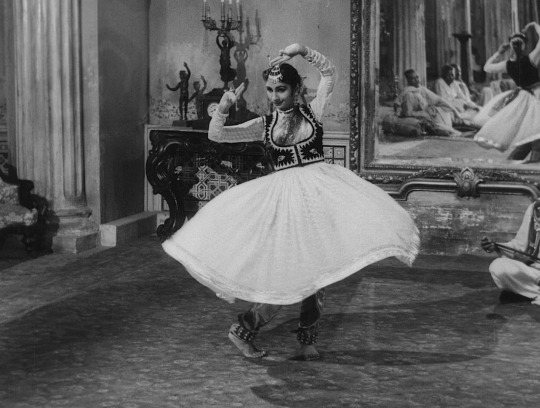
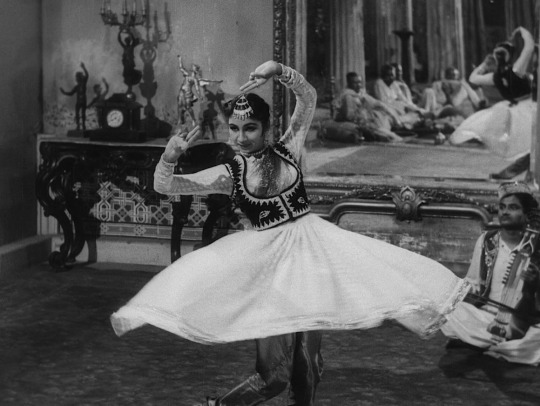
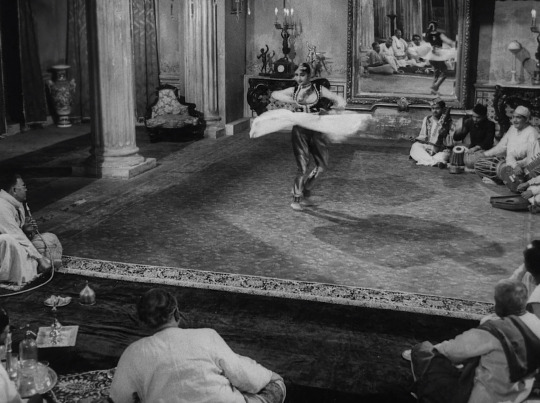
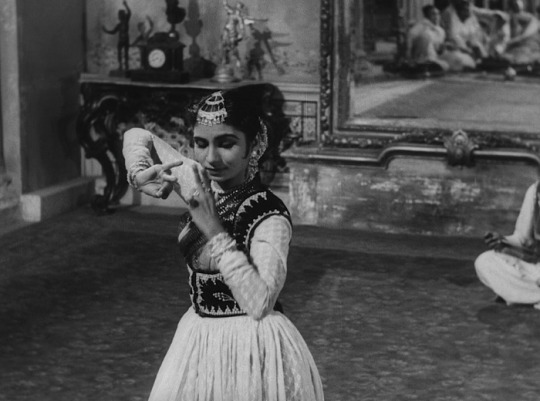
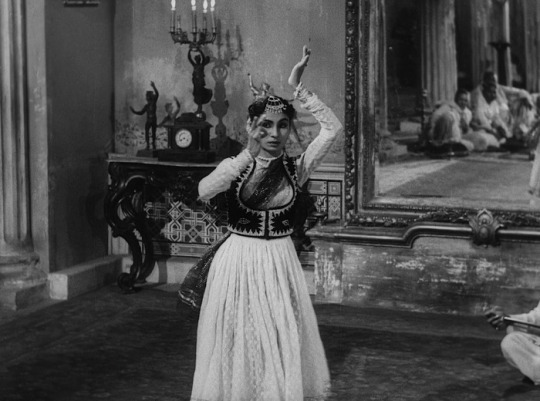
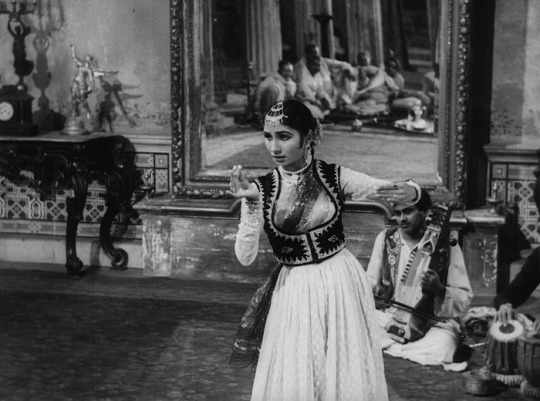
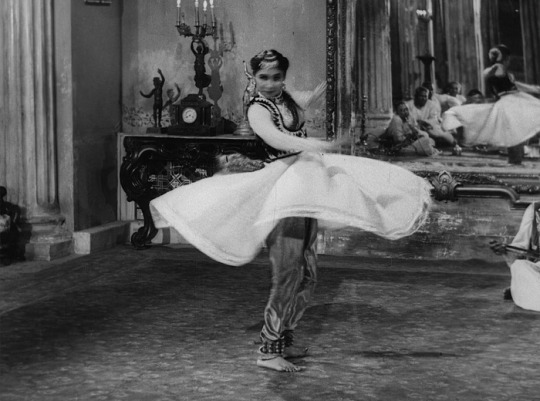
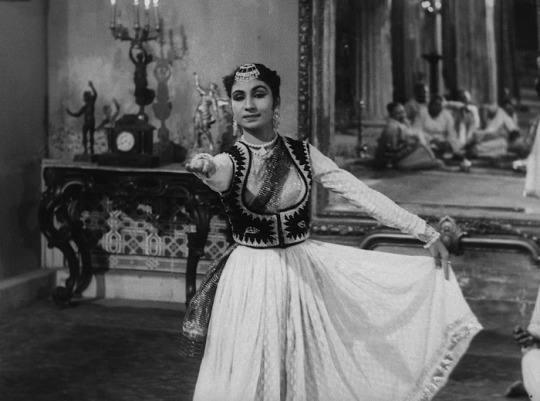
Jalsaghar / The Music Room 1958
Ne laisse pas les mauvaises pensées paralyser ton esprit. Apprends-leur la danse.
9 notes
·
View notes
Photo
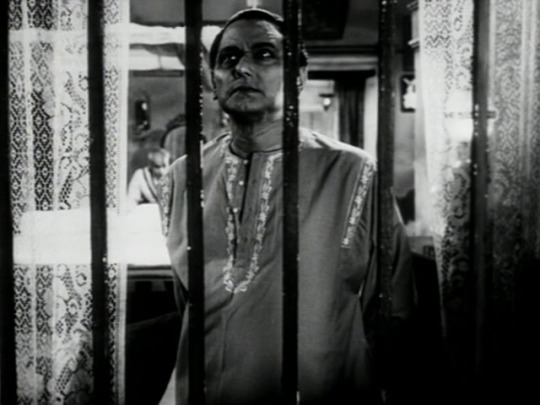

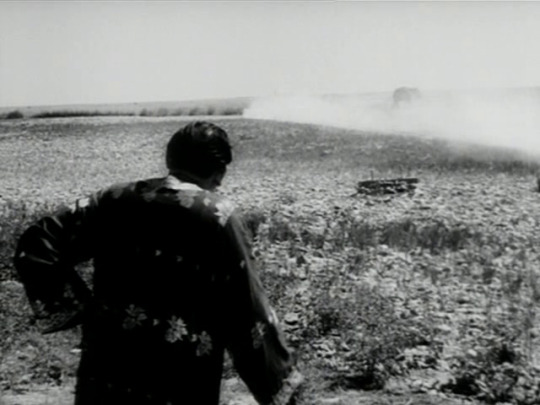
Jalsaghar / The Music Room (1958)
46 notes
·
View notes